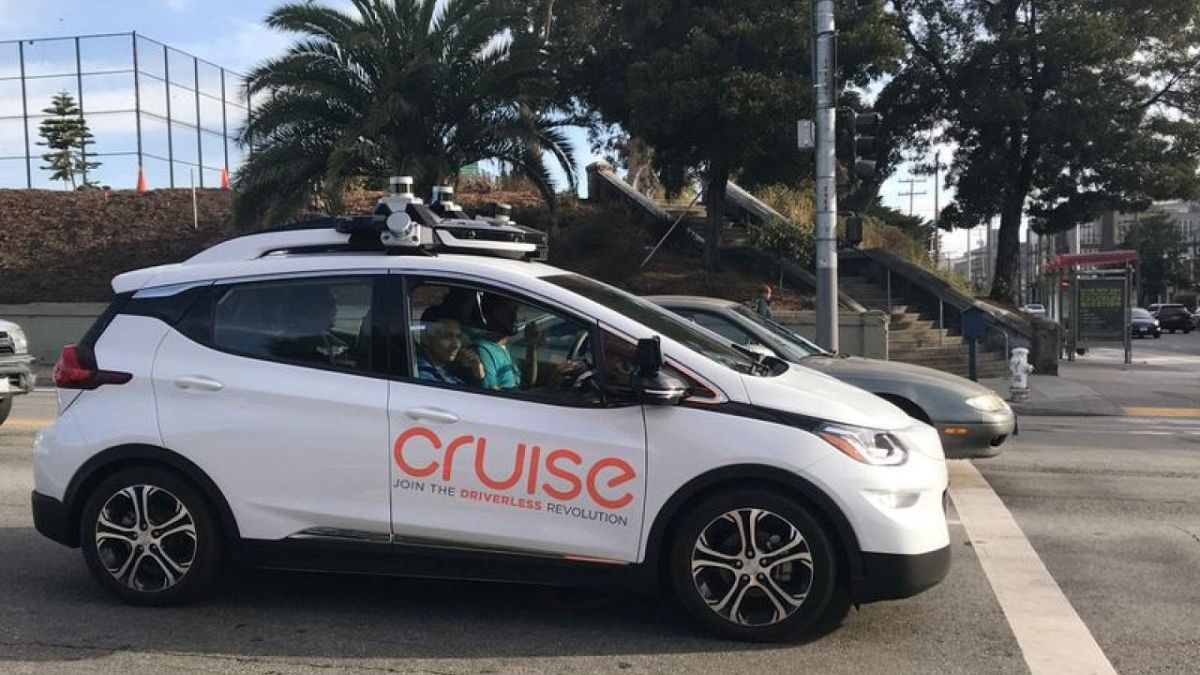diplomat33
Average guy who loves autonomous vehicles
If Mobileye is willing to sell map data with a standarized api similar to how Tomtom and Mapbox is already doing with Tesla, without requiring the Tesla to install Mobileye hardware, I don't see why Tesla can't buy such data from them, since they would just be another map vendor. Are they offering such a service?
Sorta. Mobileye is offering a product called "Cloud Based Driver Assist" which uses 1 front camera for basic lane keeping and cruise control but accesses the Mobileye maps in the cloud to improve performance. I think VW is doing this with Travel Assist. So Tesla could maybe do basic AP with Mobileye's maps. I don't know if Mobileye would be willing to just sell their maps for Tesla to use with FSD. I think for anything more complicated, Mobileye would likely require that Tesla use their hardware which I doubt Tesla would do.




